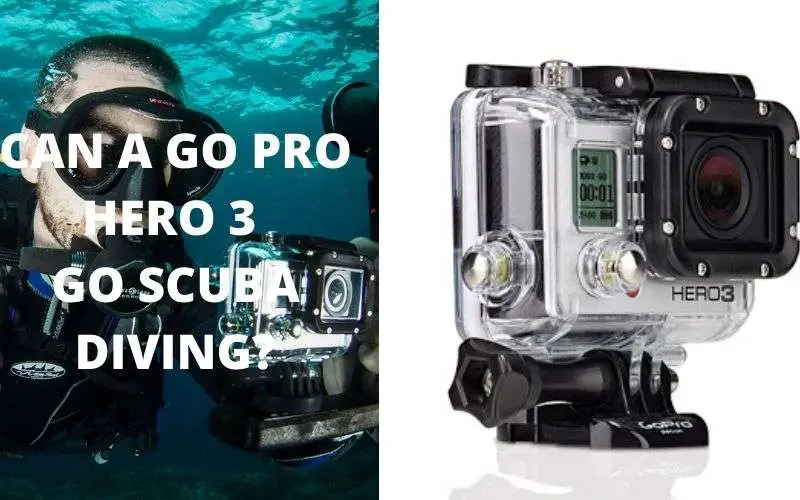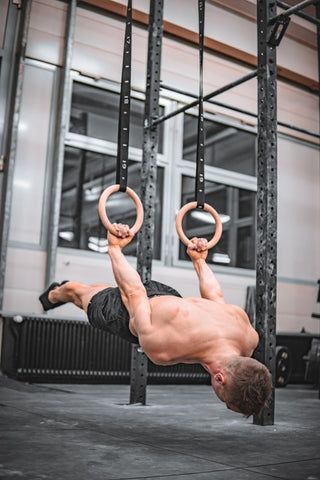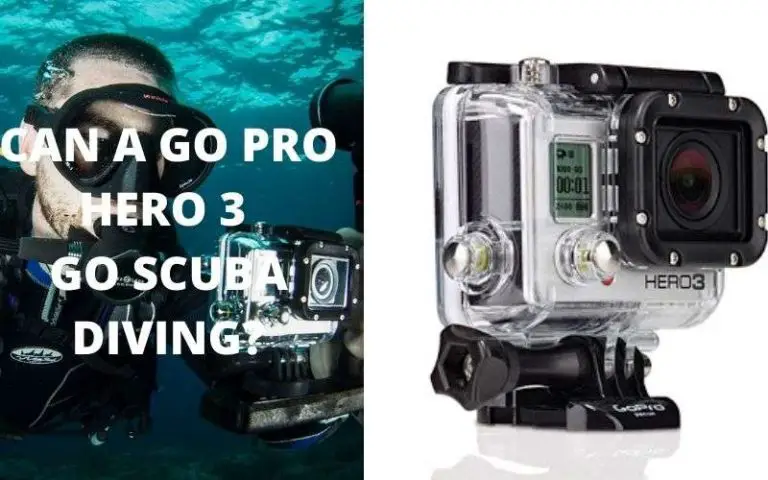
The worlds of swimming and running may appear disparate at first glance, but beneath the surface lies a fascinating connection. The question that often arises is whether swimmers should venture into the realm of running. The reality is that, far from being an incongruous pairing, swimming can offer a treasure trove of unexpected benefits to runners.
Swimming for Runners
Running and swimming may seem like they belong to different domains, but they share a beautiful synergy when harmoniously incorporated into a runner’s training regimen. Swimming, as a low-impact activity, serves as an essential complement to the relentless pounding of the runner’s knees during long-distance sprints.
Its low-impact nature can mitigate the risks of common running injuries, providing a precious respite for your joints. The dynamic nature of swimming exercises the full spectrum of upper and lower body muscles, delivering a more comprehensive full-body workout than running alone.
Eager to explore how swimming can elevate your running performance? Let’s dive into the myriad ways swimming offers a boost to runners.
The Cross-Training Advantage: Diving into the Benefits

Shielding Joints with Low Impact
The resounding impact of running often takes its toll on the joints, potentially leading to injuries. By weaving swimming into your routine, you grant your joints a much-needed break from the repetitive impacts of running. Swimming’s low-impact nature acts as a shield, reducing the risk of those familiar running-related injuries.
Balancing Muscles for Optimal Performance
Running predominantly involves the lower body, but swimming ventures beyond, engaging both upper and lower body muscles. This equilibrium is vital for maintaining a consistent and efficient stride when running. Swim workouts can enhance muscle balance and coordination, contributing to improved running performance.
Enhancing Cardiovascular Fitness
The cardiovascular benefits of both swimming and running cannot be overstated. Swimming, while challenging different muscle groups, fosters a strong core – a fundamental component for runners. The cardiovascular prowess honed in the pool seamlessly translates to enhanced running endurance, potentially amplifying your racing speed.
The Dance of Techniques and Strokes
Swimming’s diverse strokes offer a unique opportunity for runners to fine-tune their form. The freestyle stroke tones your arm and shoulder muscles, while the backstroke focuses on strengthening your back. The choice of stroke depends on your needs and comfort, but remember that swimming complements running rather than replaces it.
Kicking Towards Powerful Strides
In the water, leg movements are your driving force. Swimming can improve the strength and flexibility of your leg muscles, particularly through kicking exercises. As you gain better control over your ankle and foot motions in the pool, you simultaneously enhance your running form.
Breath Control and Endurance
Swimming demands efficient oxygen use and breath control, essential elements that significantly boost your running endurance. The adaptation of your lungs and cardiovascular system to swimming’s demands will equip your body to tackle the rigors of extended running.
Injury Prevention and Swift Recovery
Swimming’s low-impact nature emerges as a hero in injury prevention. Buoyed by the water, your body faces less strain on joints and muscles, reducing the risk of running-related injuries. Additionally, the water resistance acts as a gentle yet potent ally, strengthening your joints and ligaments, ensuring you emerge stronger and better protected.
Swimming and Running: A Perfectly Balanced Equation
The natural question arises: how should runners balance swimming and running within their training schedule?
The key is to design a training plan that embraces both activities without pushing the body to exhaustion. Integrate swimming workouts on non-running or light running days, allowing for optimal recovery and performance enhancement. While running and swimming can coexist on the same day, ensure adequate rest intervals to avoid overtraining and burnout.
The Healing Embrace of Active Recovery
Swimming plays a vital role in active recovery. It jumpstarts blood circulation, hastening the healing process for muscles and tendons. Studies even reveal that swimming as a recovery activity is associated with reduced inflammation levels after intense runs. This makes it the ideal addition to your training regimen when you desire both fitness maintenance and essential recovery.

Calorie Burn: Swimming vs. Running
Swimming and running compete on an equal footing when it comes to calorie burn. A half-hour of swimming can torch anywhere from 200 to 350 calories, contingent on individual effort and body composition.
This is comparable to the calorie expenditure of running, making swimming an equally potent tool for those who wish to shed excess weight. The joy of swimming is that it provides a dynamic full-body workout, harnessing the power of your core, arms, and legs in unison.
Dive into a World of Possibilities
As you ponder whether to make the leap into the waters of swimming, a world of possibilities awaits you. Cross-training with swimming provides a sanctuary for your joints and invites a harmonious equilibrium for your muscles. It sharpens your cardiovascular fitness, nurtures superior running form, and is a potent preventive force against injuries.
The marriage of swimming and running need not be an enigma. They can intertwine, amplifying your overall fitness and breathing fresh life into your running journey. To ensure a seamless integration, select swimming gear designed for training, including a swimsuit, goggles, and a swimming cap. These tools will guarantee you the best experience, whether you’re an accomplished swimmer or a novice.
Finally, a common concern for runners is the fear of bulking up through swimming. Fortunately, swimming typically doesn’t lead to substantial muscle gains. Its resistance, albeit challenging, isn’t sufficient to spur significant muscle growth. Therefore, you can embrace both activities without the fear of unwanted muscle bulk.
The Road to Enhanced Running Awaits
In your quest for improved running performance, swimming emerges as a beacon of promise. It offers an oasis of recovery, a conduit for muscle balance, and a haven for injury prevention. As you contemplate the inclusion of swimming in your running journey, remember that these two activities can coexist in perfect harmony.
The secret lies in discovering the balanced rhythm that enhances your performance, ensuring that both the land and the water are your allies.












